The Overall IPCC Process
Contrary to widespread opinion, the IPCC process is neither very scientific or very authoritative and has a history of a) being overly conservative and b) being outright wrong on some important issues.

Overall the IPCC process is one of consensus and consensus usually eliminates the more correct conclusions as its rare to be correct and the consensus process censors the rare opinions.
In addition, until recently, the IPCC process paid more attention to their (flawed) models than to the reality as portrayed by real world data. That approached changed in the last two reports, but was a real problem for the first 3 reports.
The IPCC process also involves too many contributors making it quite ineffecient and bureacratic and overall conservative by nature.

The most recent (2013), report is, by far. The most comprehensive compared to the previous 4
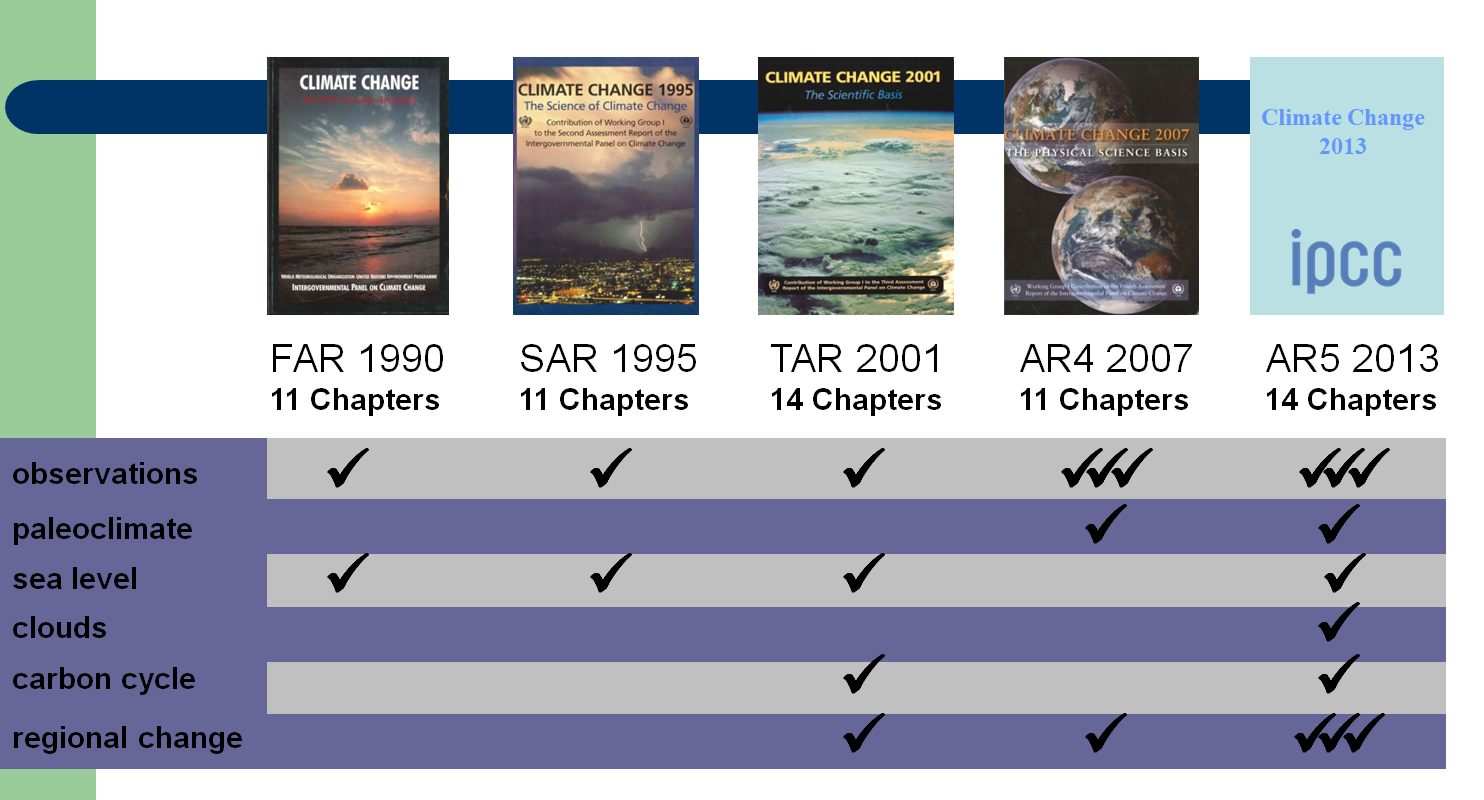
The latest report starts by making some key observations and focuses on a preponderandce of evidence to now repeatedly say that "warming the climate system is unequivacal". Of course, this statement has precisely zero impact as warming is just
accelerating (as previously discussed). What this ultimately means that the IPCC process, as a Public Policy Process, has precisely zero impact on the behavior of the world.
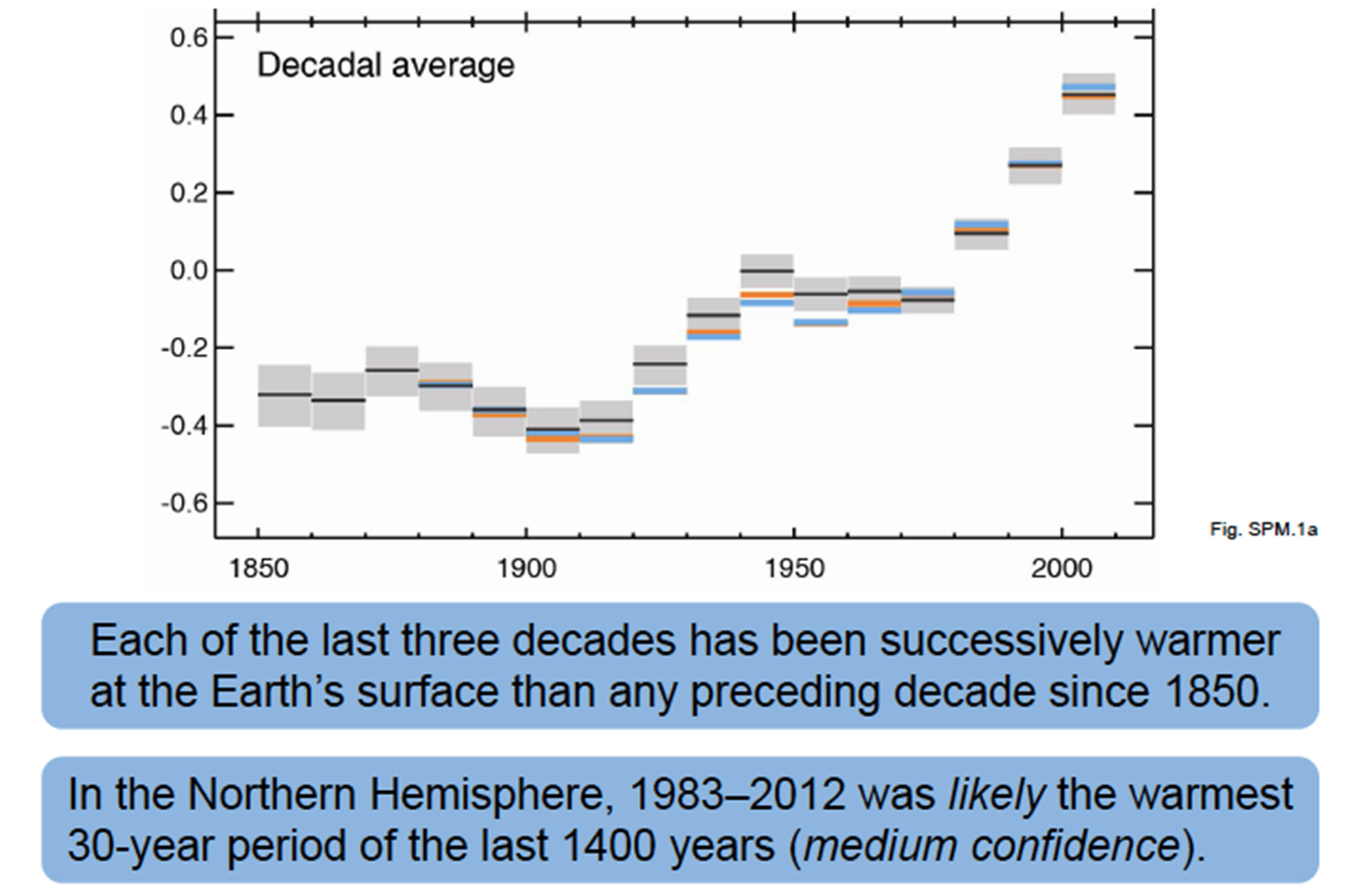
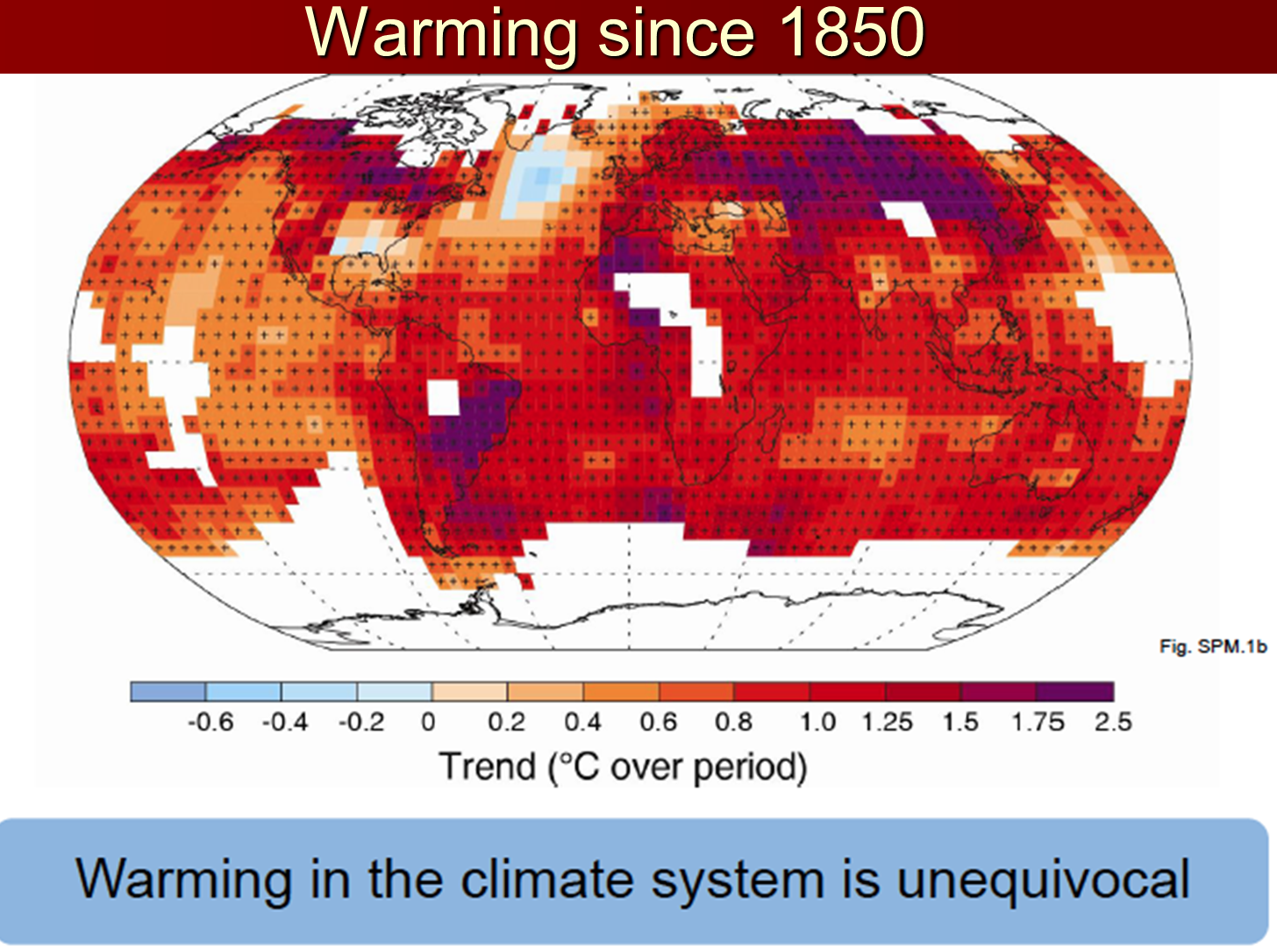
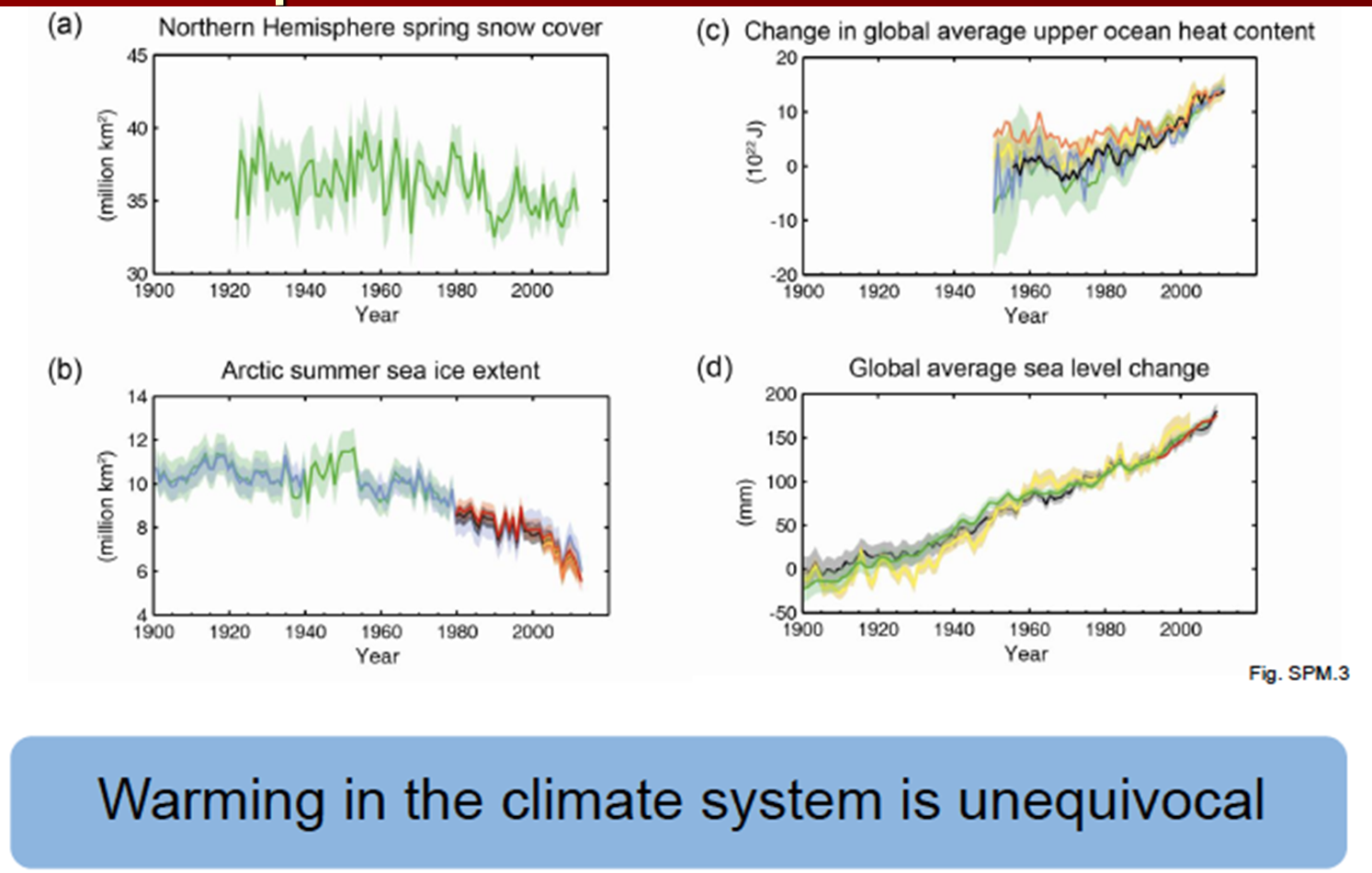
Next we focus attention on the relativley strong evolution in climate modelling with the particular point that early climate modelling was completely ignorant of the components of the overall climate system and this situation is really not well-rectified until around 2000.
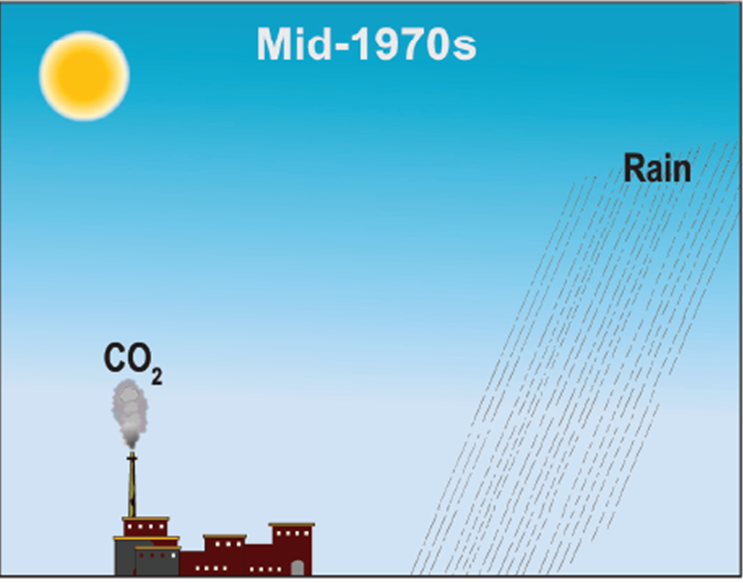 | The climate model consists of the Sun, some rain, and some CO2 pollution; that's it |
 | Now clouds, land surface, and ice reflectivity or added. These are the primary domains that determine how much solar radiation is reflected back into space. |
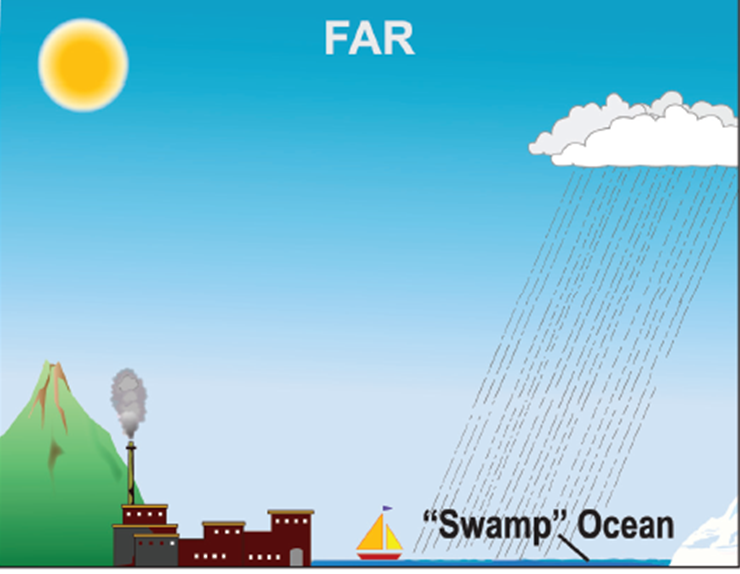 | At the time of the First Assessment Report (FAR) in 1990, the Ocean as a CO2 sink was now added. However, the physical details of this sink were not well known at this time. |
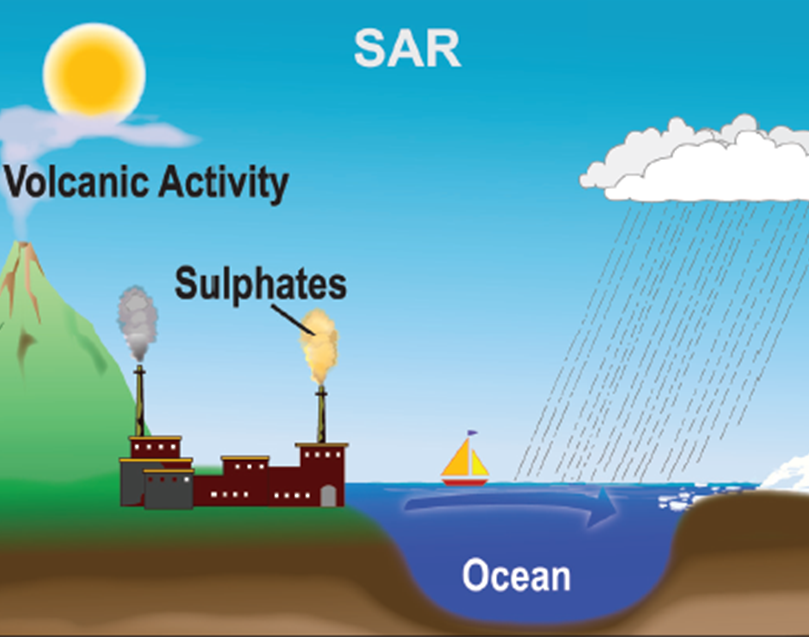 | By the mid 1990s the role of sulfate aerosoals acting as global coolants became prevalent. The source of these sulfates is both natural via a) volcanic emissions and b) ocean spray as well as unnatural sources associated with global industrialized processes.
Indeed, the 1991 eruption of Pinatubo which cooled the earth by 1.5 degrees F over an 18 month period provided an important real world example that needed to be considered.
In addition, the role of surface ocean current transport was more strongly considered, although the ocean is still being treated as 1D element. |
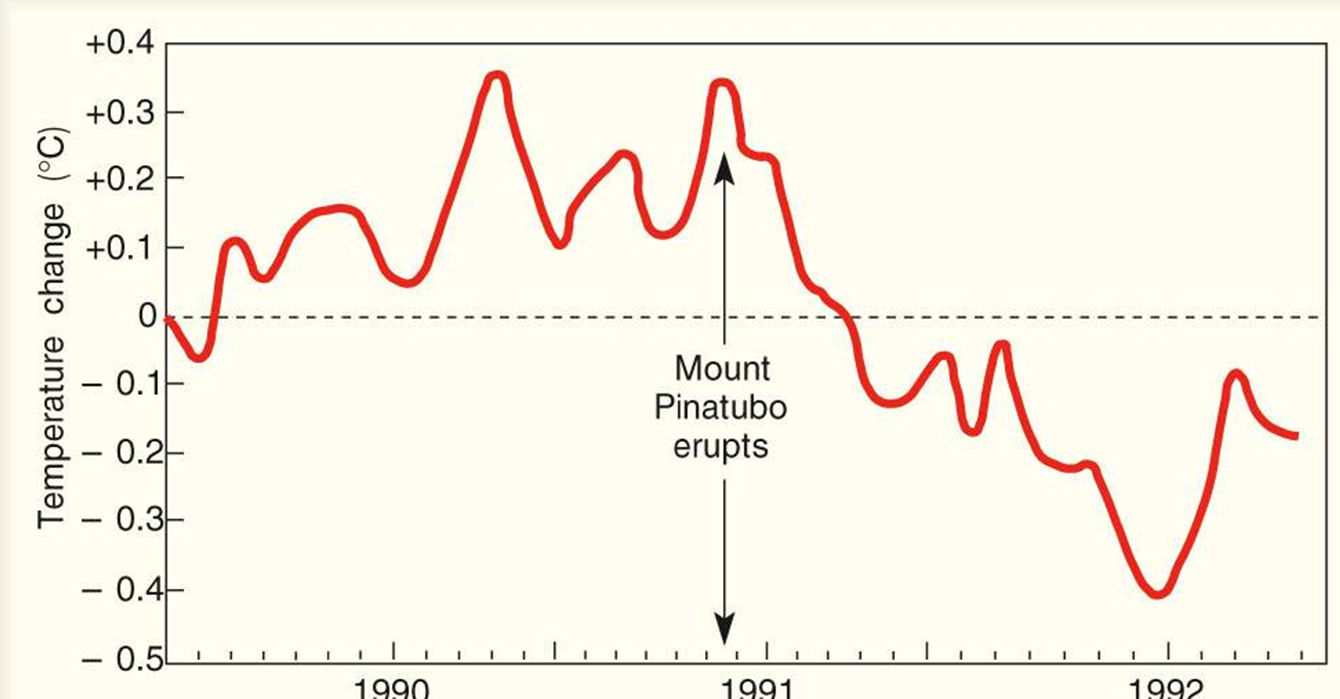 | 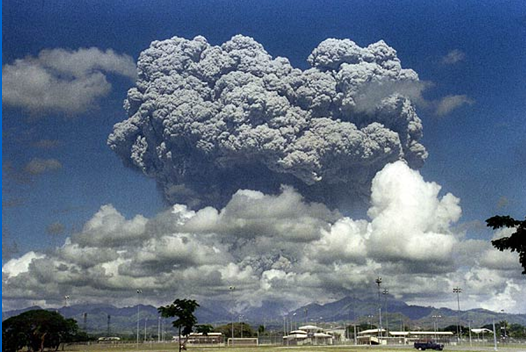 |
 |
By 2001 aerosol scattering (very complicated) is now incorporated as is deep ocean transport, the actual carbon cycle and the role that rivers play in the hydrological cycle. This is now moving to a real global model but this has taken about 25 years. |
 | Finally atmospheric chemistry is considered in the 2007 report along with reflectivity changes on the Earth due to changing vegetation patterns
|
In addition there has been the challanging issue of spatial resolution of the climate data grid. Despite significant improvement the grid resolution is still too poor to even include the presence of clouds.
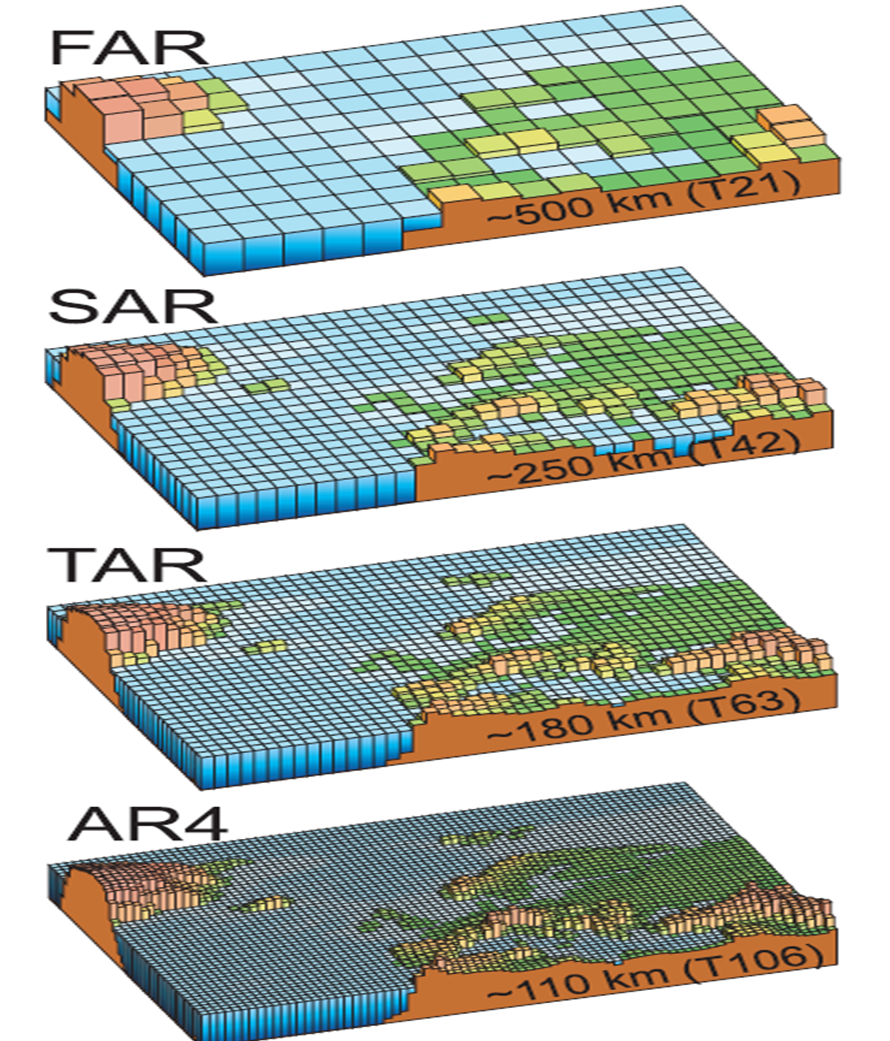
One example of poor resolution is shown below and this comes from the SAR:
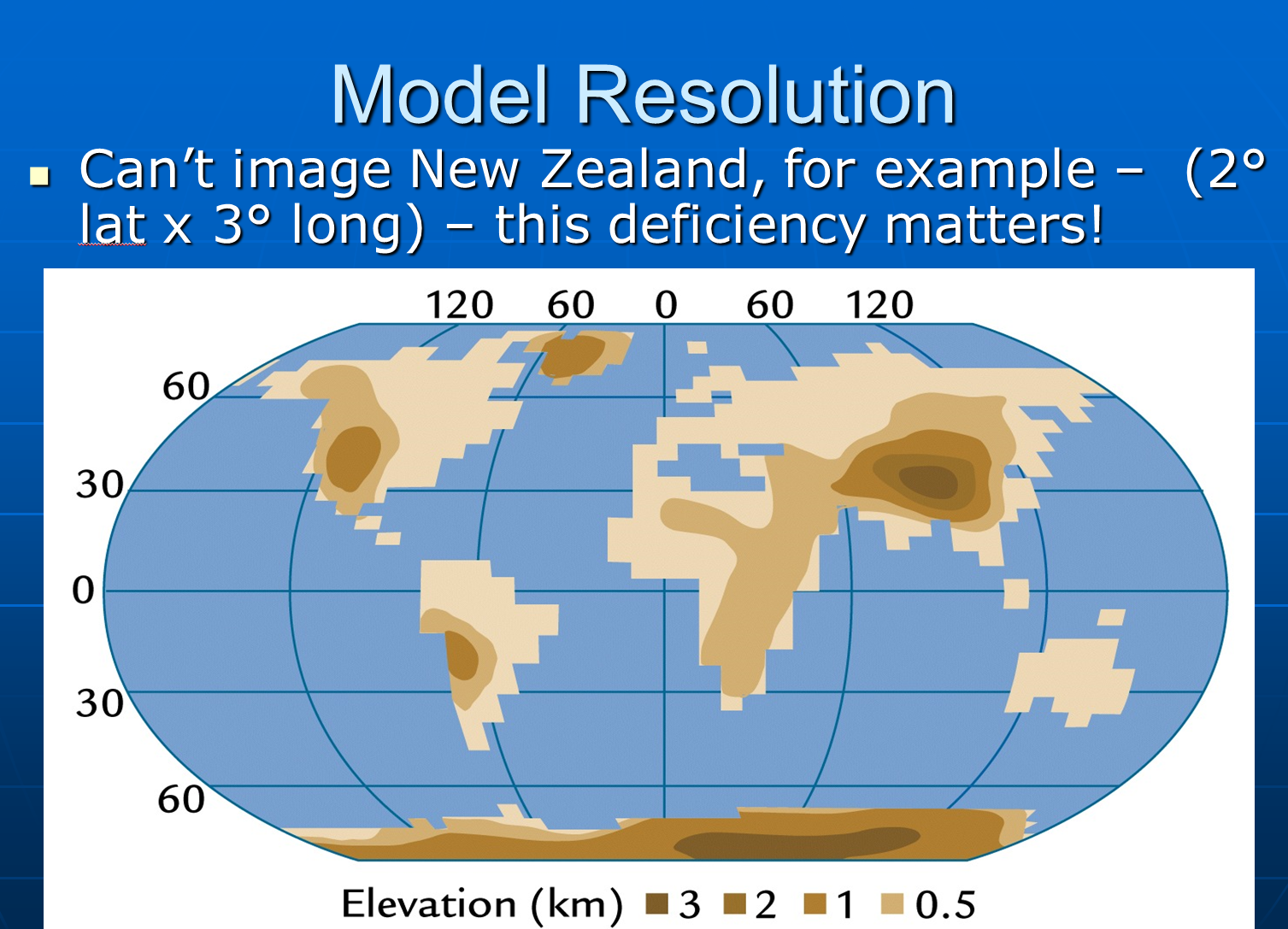
Finally we have made significant evolution, precisely because computers have gotten faster, in moving from 1D to true 3D grid modelling of the Earth's climate system:
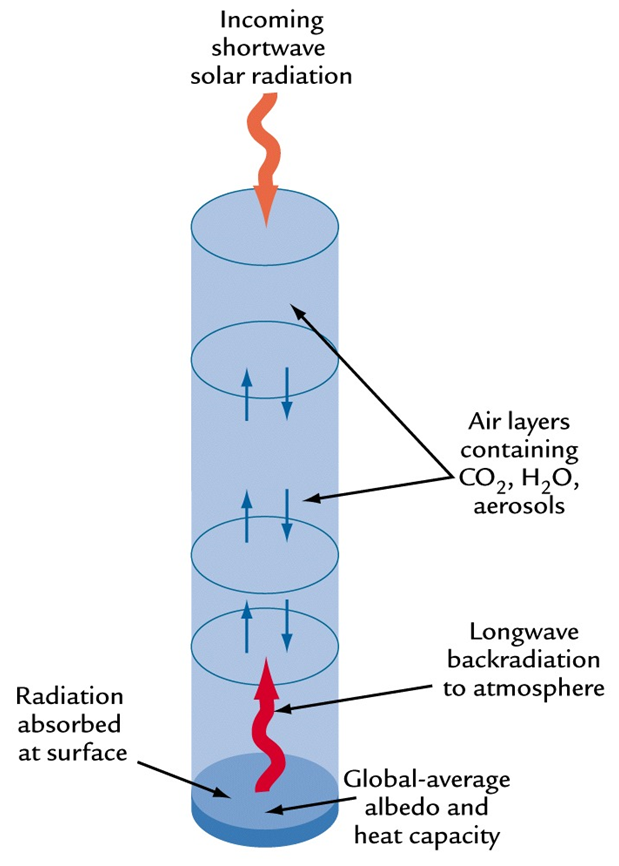
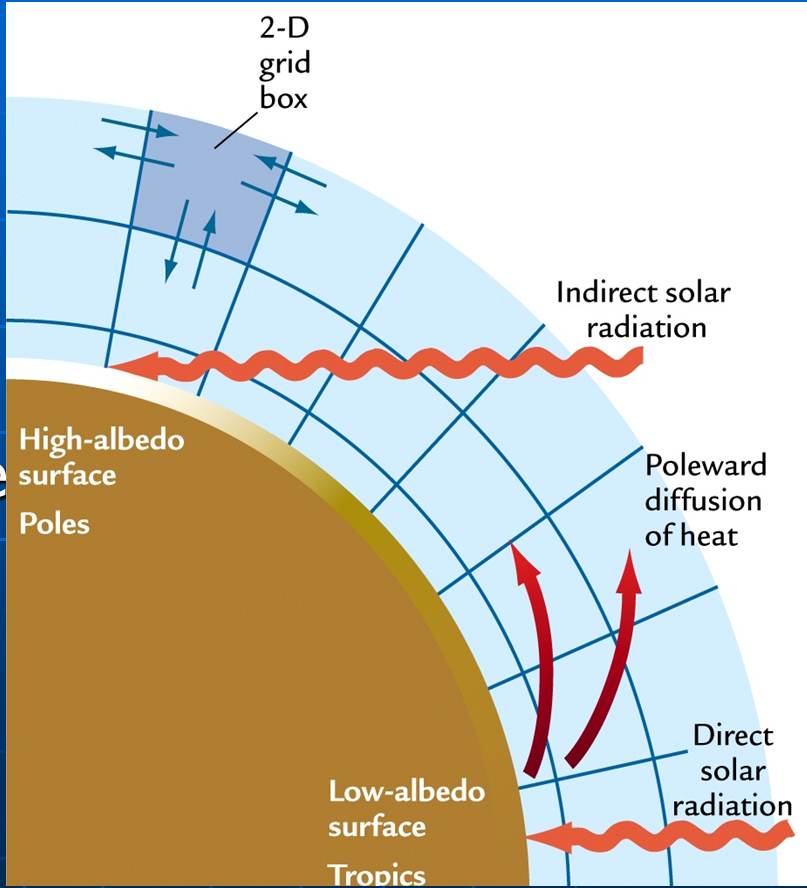
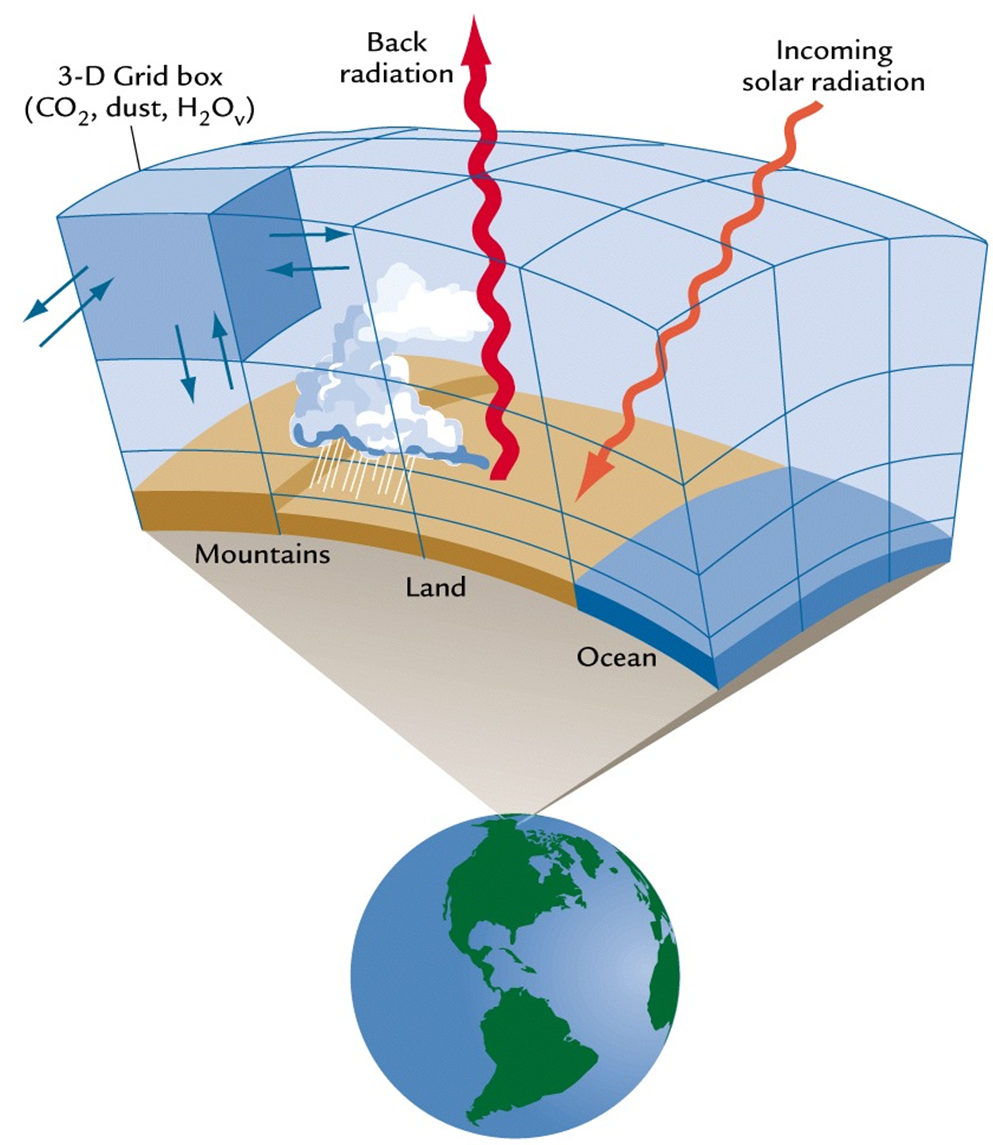
As a final reminder:
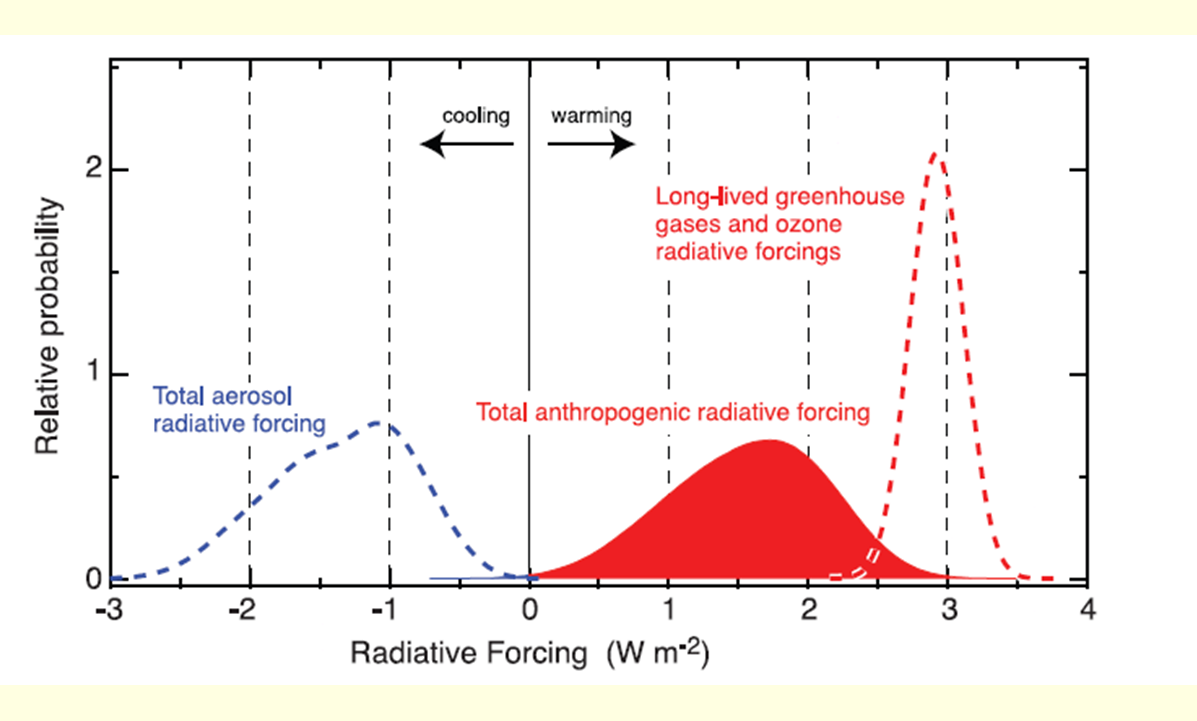
|